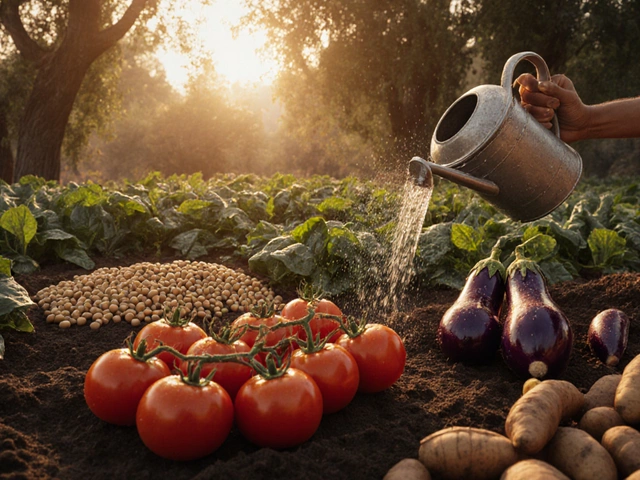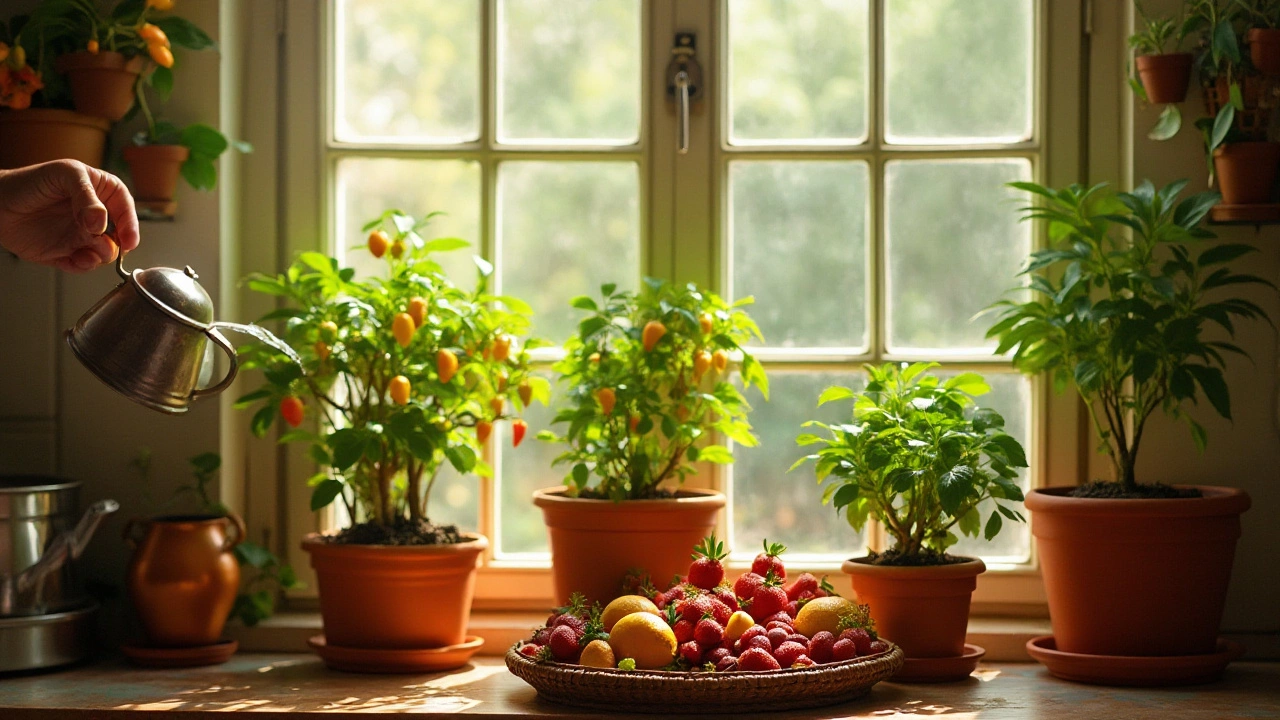Easy Fruit Plants: Quick Guide for Beginners in India
If you want fresh fruit but don’t have a green thumb, you’re in the right place. India’s climate lets you grow many fruit plants that need only basic care. Below you’ll find the top picks, planting tricks, and maintenance hacks that keep things simple.
Pick the Right Fruit Plants for Low Effort
Start with varieties that love Indian weather and tolerate a bit of neglect. Guava thrives in both hot and mild zones, needs just occasional watering, and produces fruit in 2‑3 years. Jambolan (Java plum) is another hardy choice – it tolerates drought and can grow in poor soils. If you have a small balcony, dwarf Mango or Papaya trees fit nicely and start fruiting within a year. All these plants are listed under our “easy fruit plants” tag, so you’ll find deeper guides for each.
For those who love zero‑waste ideas, check out our article on “Zero‑Waste Fruits” – many easy fruit plants also have edible skins and seeds, letting you use every part.
Planting Basics in a Few Simple Steps
1. **Choose a sunny spot** – most fruit plants need at least 6 hours of sunlight daily. 2. **Use well‑draining soil** – mix garden soil with compost or sand to avoid waterlogging. 3. **Space correctly** – a Guava tree needs about 5‑6 meters of room, while dwarf varieties can be 2‑3 meters apart. 4. **Water wisely** – give new plants a deep soak once a week in summer; older plants can survive with less frequent watering.
When planting, dig a hole twice as wide as the root ball, place the plant at the same depth it was in the nursery, backfill with soil, and pat down gently. A layer of mulch (dry leaves or straw) helps retain moisture and suppress weeds.
Simple Care Tips to Keep Fruit Coming
Prune only to remove dead or crossing branches – too much pruning can reduce fruit. Feed with a balanced fertilizer (N‑P‑K 10‑10‑10) once a year, preferably at the start of the rainy season. Keep an eye out for pests; a light spray of neem oil works well for most insects without harming the plant.
If you notice yellow leaves, it might be over‑watering. Let the soil dry a bit before the next round. Conversely, wilted leaves in hot weather usually mean the plant needs a deeper soak.
Harvesting and Using Your Fruit
Most easy fruit plants give a clear sign when ripe – a sweet aroma, color change, or soft feel. Pick gently to avoid bruising. Fresh fruit can be eaten raw, turned into jams, or even used in compost to enrich the soil for the next growing season.
Remember, the more you enjoy the harvest, the more motivated you’ll be to keep caring for your garden. With these low‑maintenance fruit plants, you’ll get tasty results without spending all day in the yard.
Explore the rest of the posts under the “easy fruit plants” tag for detailed guides on each variety, pest solutions, and creative ways to use every fruit part. Happy gardening!
The Easiest Fruits to Grow Indoors: A Guide to Indoor Fruit Gardening
Indoor fruit gardening is an enjoyable and rewarding hobby that can be easily accomplished with the right fruits. This article explores some of the easiest fruits to grow indoors, offering guidance on selecting the right plants for your space and the care needed to help them thrive. You'll discover tips and tricks for keeping your indoor fruit plants productive and healthy. Whether you're a beginner or experienced, find out which fruits can enhance your indoor garden and bring nature right to your kitchen.
About
Kitchen Gardening
Latest Posts
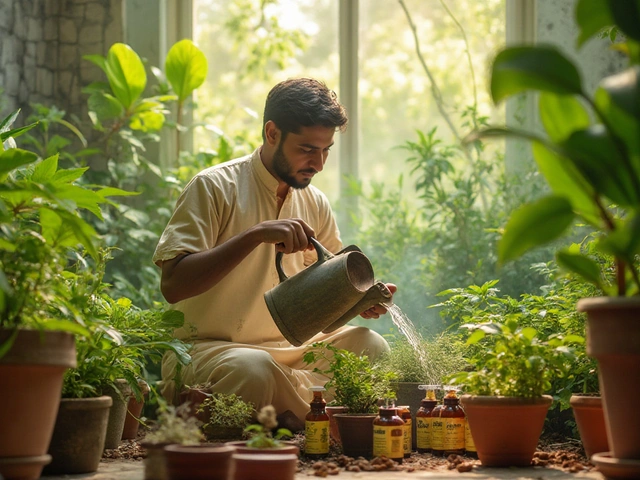
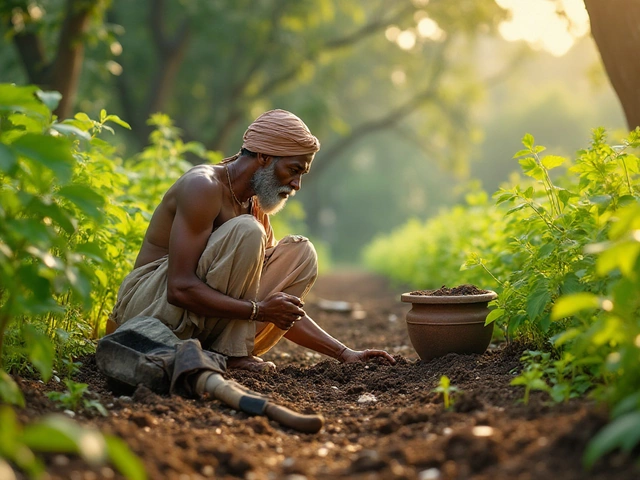
Revitalizing Old Soil: Tips for a Thriving Garden
By Alden Thorne Jan 16, 2025
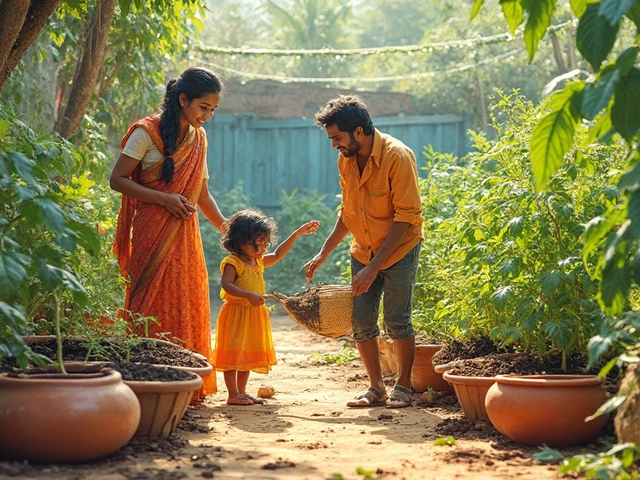
Vegetable Garden Soil: What to Add for Healthy Growth
By Alden Thorne Jun 3, 2025
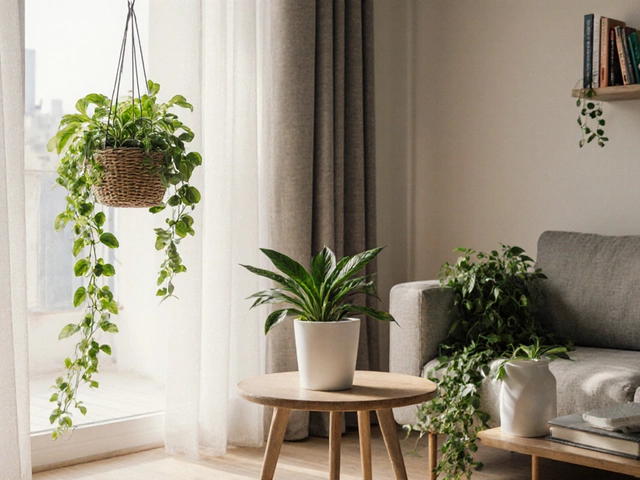
Top Easy Houseplants for Beginners - Low‑Maintenance Indoor Greens
By Alden Thorne Oct 7, 2025
